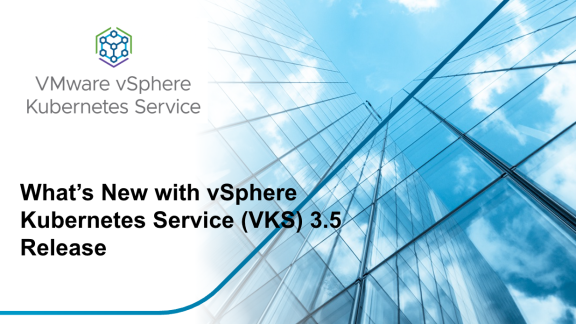VCF Certification
Announcing the Next Evolution of VMware Certified Distinguished Expert (VCDX): The Certification for Private Cloud Experts
For over almost two decades, the VMware Certified Design Expert certification has stood as the pinnacle measurement for architects mastering VMware solutions - a globally...
























